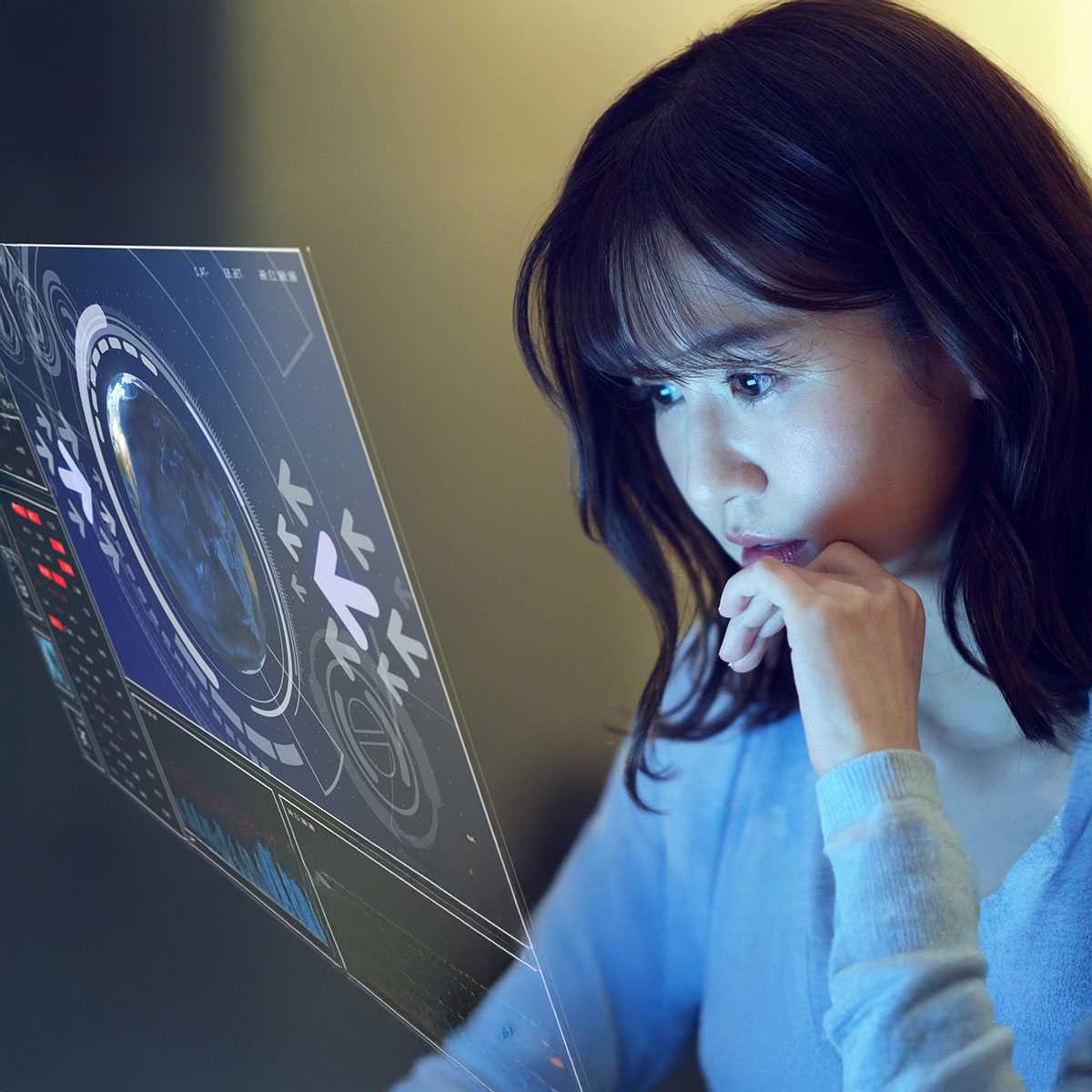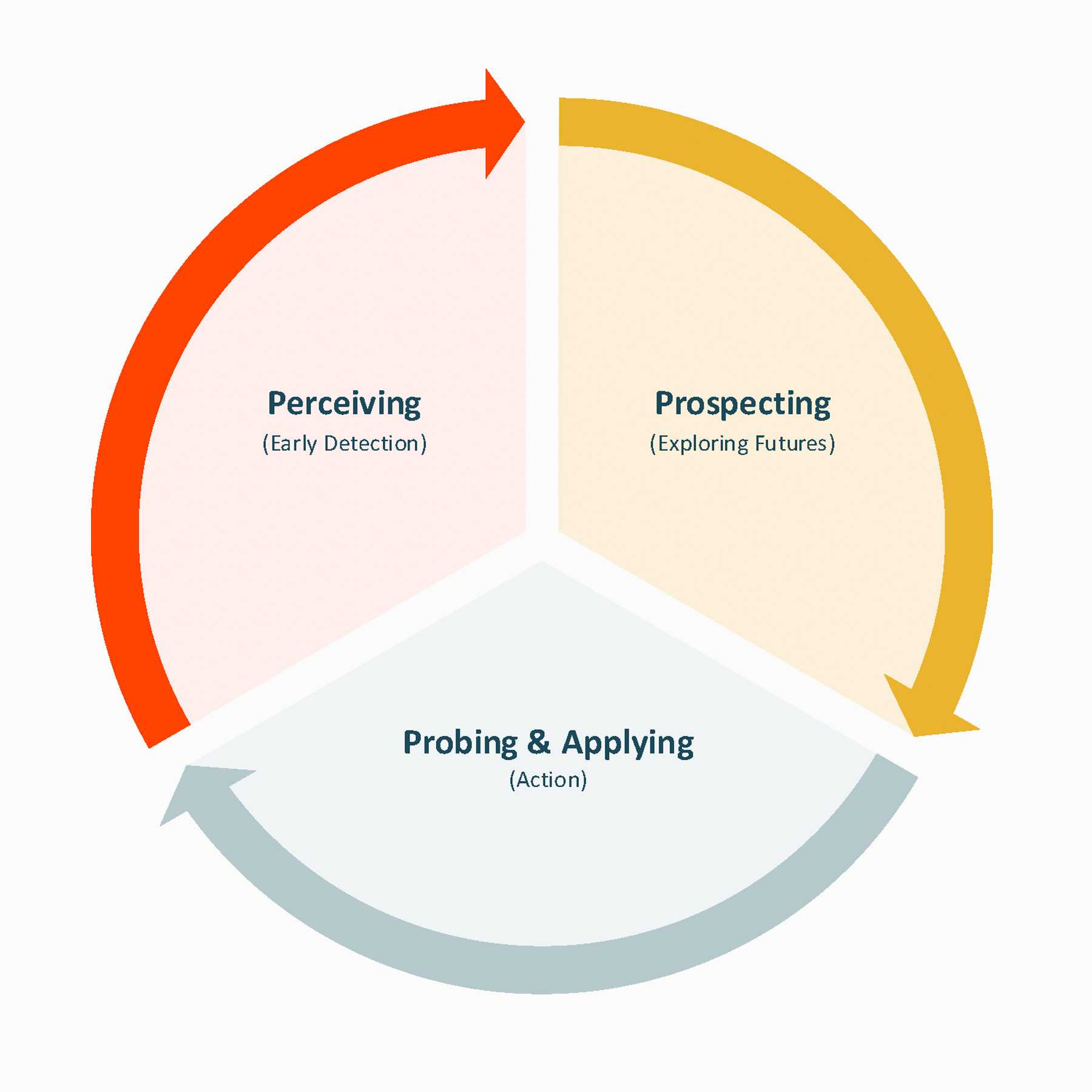

Two years after ChatGPT’s arrival, artificial intelligence (AI) is seemingly everywhere, promising a boost in productivity across tasks. But as we hand over more of our thinking and actions over to algorithms, a deeper question emerges: are we truly becoming more capable or just more operationally efficient at prompting machines to do our bidding? In our race to embrace these powerful tools, it’s time to ask not just what we’re gaining, but what we might be giving up—and how we can ensure that AI-driven productivity makes work more meaningful for people, not just faster for business.
Limitless Productivity
The numbers are striking. A recent study found that generative AI can reduce the time needed for common work tasks like writing, critical thinking and analysis by more than 60%. For example, writing that once took 80 minutes now takes under 25 minutes with AI’s help.
Even complex tasks like mathematics and systems analysis are completed in a fraction of the time. While AI is often framed as a replacement for human labor, the reality is more nuanced: employees empowered with AI “superpowers” achieve far greater productivity than those without. Rather than making humans obsolete, AI is amplifying what people can do—if we learn to use it wisely.
AI adoption is accelerating rapidly. In just a few months, workplace use of large language models jumped from 30% to over 43%, according to the Stanford and World Bank study. The promise of limitless productivity may well be real—but conversely, so is the risk of obfuscating what truly matters at work.
The global AI market is booming, valued at $184 billion in 2024 and growing nearly 30% a year. Most businesses expect AI to drive major productivity gains; PwC predicts a 40% boost by 2035 across sectors from manufacturing to finance in its Global AI Jobs Barometer. But these numbers only matter if the gains translate into better jobs and more fulfilling work for people.
Human-Machine Collaboration
Despite fears of replacement, the most valuable work remains human. According to MIT research, tasks requiring empathy, judgment and ethics are least likely to be automated. In fact, AI’s rapid evolution is impacting highly skilled workers the most, pushing them to adapt and focus on what only people can do: connect, decide and create meaning. The challenge isn’t just keeping up with technology, but ensuring it amplifies our strengths rather than eliminating them.
Surprisingly, AI integration has fueled a surge in both productivity and wages in sectors most exposed to these technologies. PwC found that productivity growth in AI-heavy industries has nearly quadrupled, and jobs requiring AI skills now command a 56% wage premium. But this acceleration comes with a catch: the skills employers seek are changing 66% faster than before, demanding constant upskilling and reskilling. The bar for entry is shifting, too—fewer AI-augmented roles require a traditional degree, opening doors for some but risking exclusion for others who can’t keep pace.
AI-driven productivity gains are not shared equally. Women are more likely to hold jobs disrupted by automation and less likely to benefit from AI augmentation. Without intentional action—like improving STEM education, rethinking hiring and providing targeted support—we risk sidelining half the workforce and missing out on the full potential of human-centered productivity.
AI’s potential is vast; McKinsey estimates it could add $4.4 trillion in productivity gains globally. However, only 1% of companies say they’re truly “AI mature,” with most still experimenting at the margins. The real challenge isn’t just adopting AI but weaving it into workflows in ways that empower people, not just processes. As we enter the age of AI agents, the winners will be those who use technology to amplify human strengths—creativity, collaboration and judgment—rather than simply chasing efficiency.
Middle East AI Megatrends
The Middle East is rapidly emerging as a global AI powerhouse. Governments across the GCC—especially the UAE, Saudi Arabia and Qatar—are investing billions to position their economies at the forefront of the AI revolution. These countries are not just adopting AI; they’re charting its roadmap, from building world-class research hubs to exporting GPUs that fuel AI models and developing Arabic language models tailored to the region’s needs.
Yet, this region faces intrinsic challenges. According to the 2025 State of AI in the Middle East Report, while 80% of companies feel pressured to adopt AI, nearly half say they lack the talent and technology to scale these ambitions. This talent gap is a critical hurdle, especially as 69% of organizations plan to ramp up AI investments in the coming year.
Despite these obstacles—including regional turbulence and the fast pace of technological change—optimism remains high, attributable in no small measure, to the strong political will to accelerate AI-led wins. An impressive 91% of business leaders in the region expect AI to deliver transformational productivity gains. For the Middle East, the next frontier is not just about deploying AI, but about building the skills, infrastructure and inclusive policies needed to ensure that the benefits of AI-driven productivity cascade across sectors, genders and generations.
The Human Test of AI Productivity
As the AI crusade rolls on, humanity has arrived at a pivotal crossroads: will we allow technology to dictate the future of work, or can we shape it to serve our highest human values? Productivity gains are only meaningful if they translate into better jobs, broader opportunities and shared prosperity. Faster isn’t always better, especially if speed comes at the expense of creativity, critical thinking or inclusion.
For the Middle East and beyond, the real opportunity lies in using AI to amplify—not replace—human strengths. That means investing as much in people as in technology: upskilling workers, closing the gender gap and building cultures where innovation and collaboration thrive. It also means being vigilant about the risks: over-dependence, inequality and the temptation to measure only what’s easy, not what truly matters.
In shaping the workplaces of the future that will comprise intergenerational workforces collaborating with AI agents, organizations that put people at the center of their AI strategies are likely to witness its exponential productivity gains. Getting this balance right will ensure that AI makes those workplaces faster; more resilient, creative and inclusive.


